Cigarette Box packaging Cigarette packaging materials Tobacco packaging
The Evolution and Impact of Tobacco Cigarette Packaging
Cigarette packaging is not only an essential component of tobacco products but also serves as a medium for brand identity, cultural symbols, and can influence consumer purchasing decisions. Over time, as society’s understanding of the health risks of smoking has deepened, cigarette packaging has evolved from simple and functional to intricate and decorative, and now, it increasingly emphasizes health warnings and educational messages. This article explores the history of cigarette packaging, its evolution, and the various impacts it has had on consumers, the market, and society.
1. The Origins and Early Development of Cigarette Packaging
The history of cigarette packaging dates back to the late 19th century. Early packaging was often simple, made from paper bags or cardboard boxes, primarily serving the purpose of protecting the cigarettes from moisture and damage. During this time, most cigarettes were handmade, and the packaging was basic. As industrial production progressed, tobacco companies began using printing technology, and cigarette packaging gradually developed into a more decorative and branded item.
In the early 20th century, cigarette packaging began to not only protect the product but also function as an important tool for advertising and brand promotion. Advances in printing technology allowed packaging designs to display clearer brand logos, images, and text. Tobacco companies started using attractive packaging designs to capture consumers’ attention, especially targeting younger people and women.
2. Innovative Packaging Designs and Market Competition
In the second half of the 20th century, cigarette packaging entered a more refined and innovative stage. The competition among brands intensified, and packaging design became a key factor in attracting consumers. Cigarette boxes often featured bold and visually striking designs, colors, and intricate fonts that made the products appear more luxurious.
During this period, many cigarette brands began using packaging as a symbol of status. For instance, the British “Dunhill” brand attracted middle- and upper-class consumers with its elegant packaging and premium image. Similarly, American brands like “Camel” and “Lucky Strike” used unique design languages on their packaging to stand out in a crowded market.
3. Health Warnings and Social Responsibility in Packaging
However, as awareness of the health risks of smoking grew, cigarette packaging underwent a significant shift. Starting in the 1980s, many countries and regions began to implement regulations requiring cigarette packaging to include health warnings, both text and graphic. This shift forced tobacco companies to integrate more information about health risks into their packaging designs.
For example, in several countries, it became illegal to display any elements that could mislead consumers, such as overly glamorizing smoking or overstating its status-symbol benefits. Furthermore, many countries mandated that cigarette packaging include graphic health warnings, such as images of damaged lungs, in an effort to remind consumers of the serious health risks associated with smoking.
4. Plain Packaging and “Subtle Advertising”
In response to global anti-smoking trends and increasingly stringent regulations, many countries introduced “plain packaging” laws, requiring cigarette packs to adopt a standardized design. These regulations removed prominent brand logos and used standardized colors like dull green or gray for the packaging. The idea was to focus consumer attention more on health warnings than on branding.
Despite these efforts to minimize marketing through packaging, tobacco companies have not completely abandoned the idea of brand promotion. They have, however, turned to subtler ways of marketing, such as through material choices, printing techniques, and the shape of the packaging. For example, premium cigarettes may use metallic materials or special textures that convey a sense of luxury and high-end status, even if these design features do not directly advertise the product.
5. The Future of Cigarette Packaging: Challenges and Opportunities
As smoking regulations continue to tighten around the world, the future of cigarette packaging faces many challenges. Packaging must balance legal compliance, consumer demands, and social responsibility. From aesthetics to health warnings, and even environmental considerations, the design of cigarette packaging must address multiple factors.
Additionally, with the rise of e-cigarettes and other new tobacco products, traditional cigarette packaging may face further transformation. E-cigarette packaging is often more modern, sleek, and tech-savvy, appealing to younger consumers and influencing traditional cigarette packaging design.
Nevertheless, cigarette packaging remains a vital marketing tool. The future may see more emphasis on sustainability, with companies adopting recyclable materials and reducing packaging waste. The “greening” of packaging would not only align with environmental trends but also enhance the brand’s image as socially responsible.
Conclusion
The evolution of cigarette packaging reflects the broader changes in society, culture, law, and market demand. From its humble beginnings as simple protection to its current role in public health education, cigarette packaging not only mirrors the changes in the tobacco industry but also highlights society’s increasing awareness of the dangers of smoking. In the future, cigarette packaging will continue to face challenges from health education, social responsibility, and marketing innovation, and may embrace new design concepts that are both more environmentally friendly and socially conscious.
Tailor-made and pre-printed cigarette boxes are one type of our major products. Grammage of the substrates to be used for cigarette boxes can vary greatly depending on individual needs, from the 70-120gsm coated art paper, 210-300gsm ivory cardboard through to holographic cardboard, to name a few. We have 8 color offset printing press, 8 color gravure printing press, and silk screen printing press to meet the requirements of both domestic and international markets.
While supplying paperboard cigarette boxes to customers in different continentals in the world, we also supply tinplate boxes. The tinplate boxes are normally used for packing mini-cigars or luxurious cigarettes. We provide different thickness of tinplate, different shapes of boxes and different production technologies for customers.
Cigarette box is available in different printing pattern. We have offset printing equipment, gravure printing machines to meet a verity of requirements from customers across the world. Our production facilities is able to print up to 8 colors which can greatly cater various request from customers. A gorgeous looking cigarette box will appeal to customers at the first sight. It’s a marketing tool in cigarette brand promotion moves. Our skillful technician and experts guarantee every clean and perfect output of our works for customers.
We would like to welcome customers to visit our factory for business discussion. We are confident to provide quality product with reasonable cost and excellent service.

| Color | Customized Contact Us |
|---|


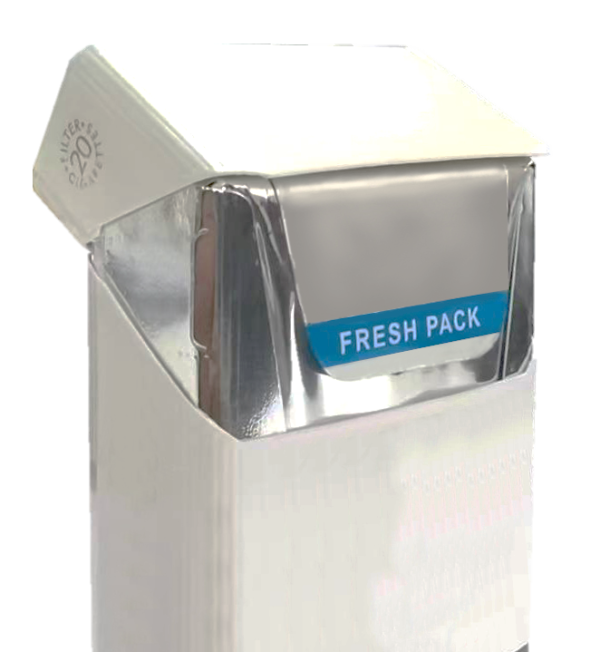

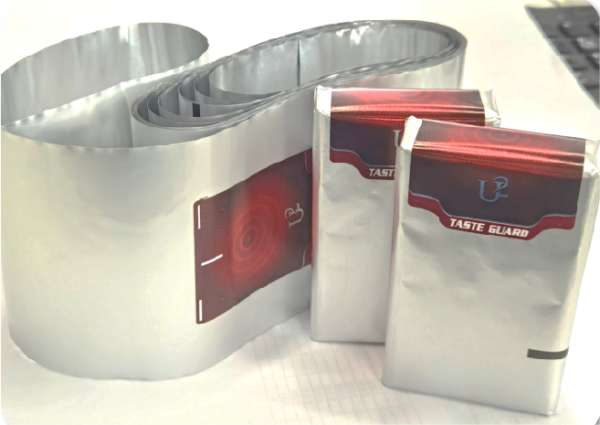


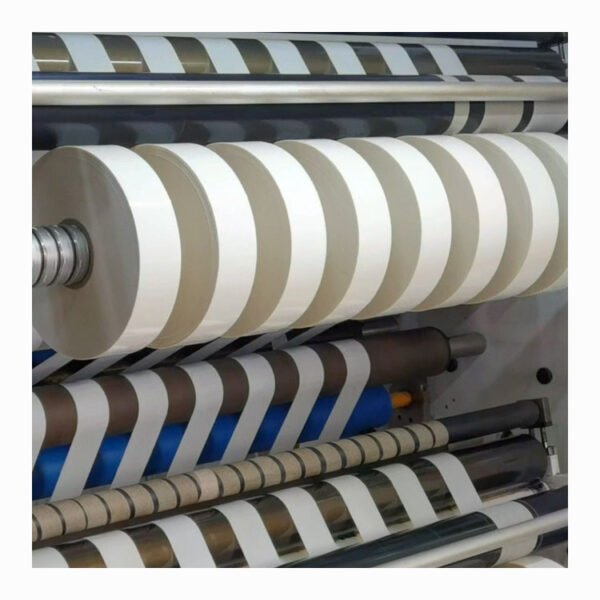





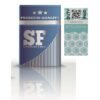

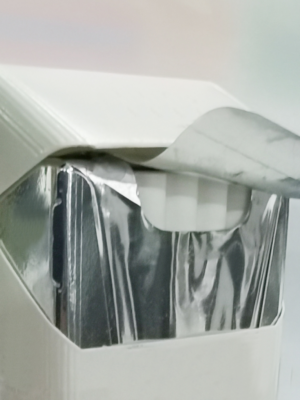
Reviews
There are no reviews yet.